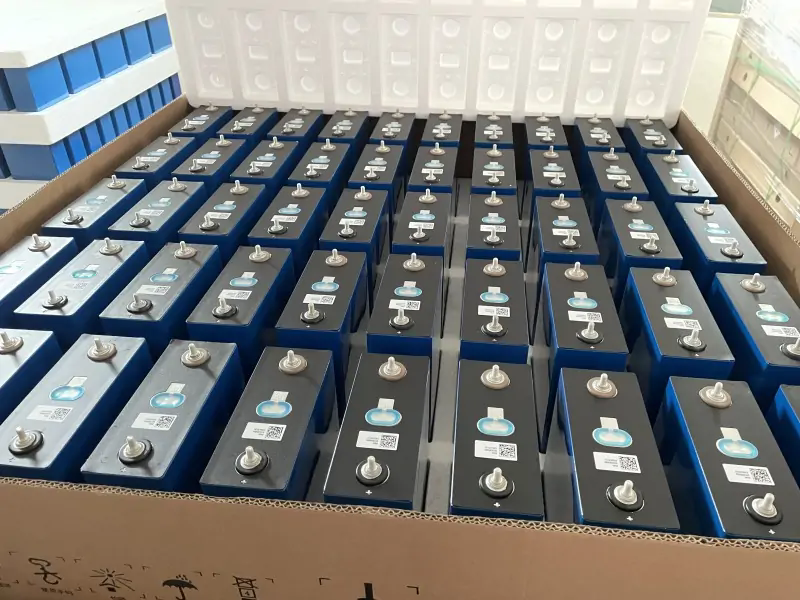LiFePO4 batteries are highly regarded for their exceptional quality and performance, making them a popular choice for various applications. However, one key factor that many users are concerned about is the temperature range in which these batteries can operate effectively.

What is the Temperature Range for LiFePO4 Battery?
The temperature range of a LiFePO4 battery refers to the range of temperatures within which the battery can function optimally without compromising its performance. Typically, LiFePO4 batteries are designed to discharge effectively in temperatures ranging from -20°C to 40°C. However, it’s important to note that charging these batteries below 0°C is not advisable, as it can lead to performance issues and is a commonly cited drawback. To manage low temperatures, users often employ battery heaters or opt for storage solutions.
How Do LiFePO4 Battery Perform Across Different Temperatures?
When it comes to LiFePO4 battery, the most critical parameters to monitor are capacity and voltage. These directly influence the battery’s overall performance and are key indicators of its quality. Generally, a larger capacity is preferred, though it usually comes at a higher cost.
Data shows that LiFePO4 batteryperform best at temperatures above 10°C. At around 15°C, the battery’s capacity reaches its rated value, and at room temperature (25°C), it can slightly exceed the rated capacity. Interestingly, due to the unique properties of LiFePO4 batteries, performance can even improve at higher temperatures. For instance, at 40°C, the battery can achieve approximately 120% of its rated capacity.
On the other hand, at lower temperatures, performance tends to decrease, which is a common issue for most batteries. In extreme cold, such as -20°C to -40°C, the battery’s capacity may drop to around 60% to 40% of its rated value.
In conclusion, LiFePO4 batteries are well-suited for environments with moderate temperatures and even perform better at higher temperatures. However, they are not recommended for use in extremely cold conditions.
Voltage Stability Across Temperature Ranges
While the nominal voltage of a LiFePO4 battery is typically 3.2V, it is important to understand that this voltage is not constant and can fluctuate depending on the temperature and the battery’s state of charge (SOC).
For example, a LiFePO4 battery with a 50% SOC will maintain a stable voltage between 3.2V and 3.3V across a temperature range of -20°C to 50°C. This stability makes it ideal for both power input and output. However, a LiFePO4 battery with a lower SOC, such as 15%, will experience more significant voltage fluctuations, particularly at lower temperatures. At -20°C, the voltage may drop to around 3.0V and stabilize around 3.2V at room temperature.
This illustrates that temperature has a greater impact on batteries with a lower SOC, which is an important consideration for users.
Practical Implications for Daily Use
For everyday energy storage, the impact of temperature on LiFePO4 battery is generally manageable and within an acceptable range, especially since energy storage systems are not always in constant use. However, in applications like electric vehicles, where consistent and reliable performance is crucial, temperature-induced degradation can pose significant challenges.
Conclusion
Understanding the temperature range of LiFePO4 batteries is essential for optimizing their use. These batteries offer numerous advantages, including high safety, long lifespan, lightweight design, and good energy density. By gaining a deeper understanding of how temperature affects LiFePO4 battery, you can ensure they perform at their best, making your applications more efficient and your life more convenient.
